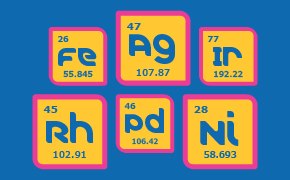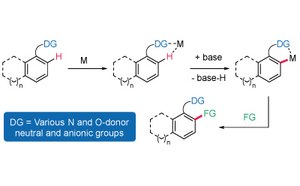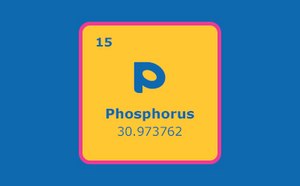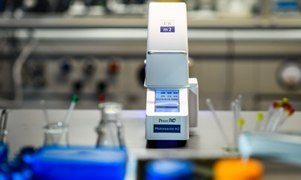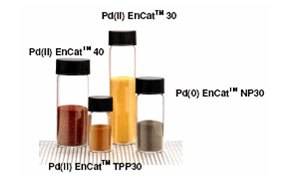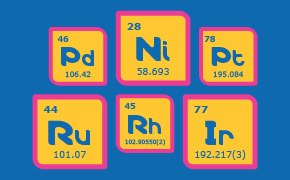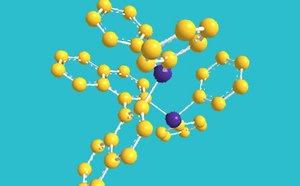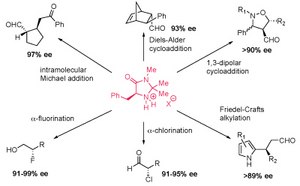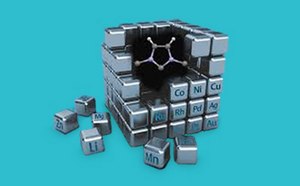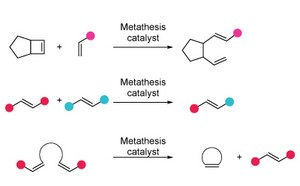Catalysts

Catalytic transformations have become a mainstay in the toolkit of the synthetic and increasing non-synthetic chemist alike. We offer a wide variety of heterogeneous metal catalysts, homogeneous metal catalysts, photocatalysts, and organocatalysts. In addition to different catalyst types, we offer reaction-specific catalysts, including Baran Diversinates™ for C–H activation; Stille, Buchwald–Hartwig, Negishi, Heck, Miyaura–Suzuki, and Sonogashira for cross-coupling reactions; and Grubbs catalysts for olefin metathesis.

Cross-coupling Catalysts
We offer an extensive portfolio of nickel and palladium catalysts to aid in the creation of C-C, C-N, and C-O bonds through common cross-coupling reactions.
Buchwald Catalysts and Ligands
Buchwald Catalysts and Ligands are highly active and versatile palladium precatalysts and biarylphosphine ligands used in cross-coupling reactions for the formation of C-C, C–N, C–O, C–F, C–CF3, and C–S bonds.

Explore More Categories
Increase the rate of your reactions with our unparalleled portfolio of transition metal catalysts for your organic and organometallic chemistry breakthroughs.
Our unparalleled portfolio of C–H activation catalysts, auxiliaries, and oxidants provide reliable and predictable conversions of C–H bonds to C–C, C–N, C–O or C–X bonds.
Our diverse portfolio of phosphine ligands includes monodentate, bidentate, chiral ligands, Buchwald, cataCXium® and Dalphos ligands for applications such as Negishi, Suzuki, Stille, Heck, Sonogashira, and Buchwald-Hartwig cross-coupling.
Photocatalysis utilizes visible light to activate a chemical reaction. Our extensive portfolio of catalysts and photoreactors enable consistent reactions in photoredox catalysis.
Inorganic catalysts play a key role in many synthetic reactions in industry and academia; our unparalleled portfolio includes common heterogeneous catalysts such as platinum, palladium, ruthenium, and rhodium on carbon or silica.
Find the optimal solution in our comprehensive range of high-quality hydrogenation catalysts for all of your hydrogenation needs.
We are committed to providing unprecedented accessibility to chiral catalysts and ligands for a wide variety of C–H, C–C, C–N, and C–O bond-forming transformations.
Stock your green chemistry toolbox with our exceptional portfolio of organocatalysts for sustainable synthesis of complex molecules in small molecule drug discovery.
Our stable and tolerable NHC ligands and complexes can be used as efficient ancillary ligands to keep your work flowing in organometallic catalysis and catalysis chemistry research.
Explore our exceptional portfolio of olefin metathesis catalysts and take advantage of Grubbs’ technical expertise to advance your research and breakthrough synthesis ideas.
Products
To continue reading please sign in or create an account.
Don't Have An Account?